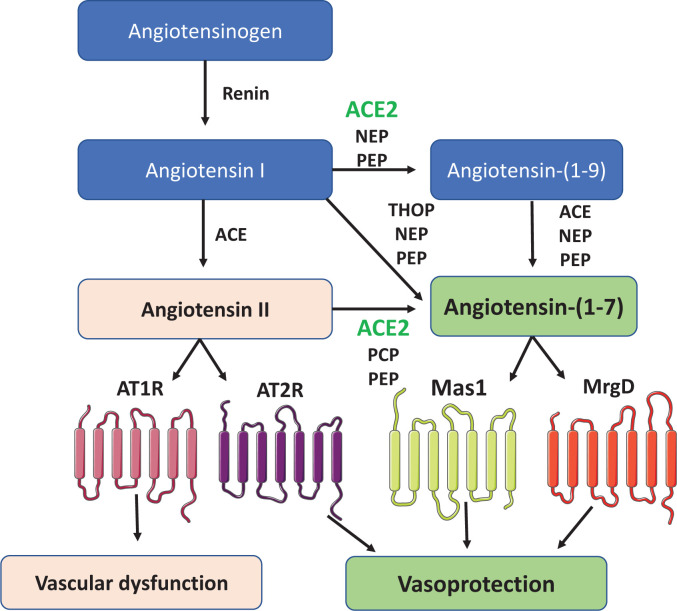Figure 1. Mechanisms involved in the generation and catabolism of angiotensin peptides, including Ang-(1-7).
Renin converts angiotensinogen to angiotensin I, which is cleaved by ACE to generate angiotensin II. ACE2, PCP and PEP catalyse the conversion of angiotensin II to angiotensin-(1-7). Angiotensin-(1-7) can also be formed from angiotensin I by ACE2, which involves the production of the intermediate form angiotensin-(1-9) and its cleavage by ACE, NEP or PEP. Angiotensin II signals through AT1 and AT2 receptor, while angiotensin-(1-7) signals through Mas1 and MrgD. ACE, angiotensin-converting enzyme; ACE2, angiotensin-converting enzyme 2; AT1R, angiotensin II type 1 receptor; AT2R, angiotensin II type 2 receptor; NEP, neutral endopeptidase; Mas1, Mas1 receptor; MrgD, Mas-related-G-protein-coupled receptor D; PCP, prolyl carboxypeptidase; PEP, prolyl oligopeptidase; THOP, thimet oligopeptidase.

